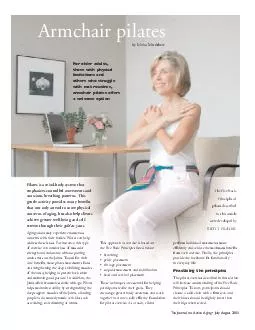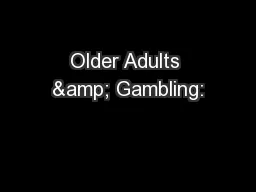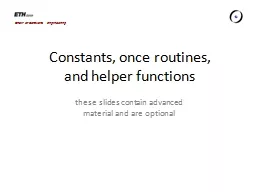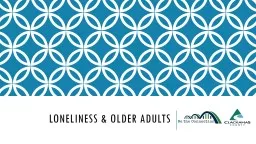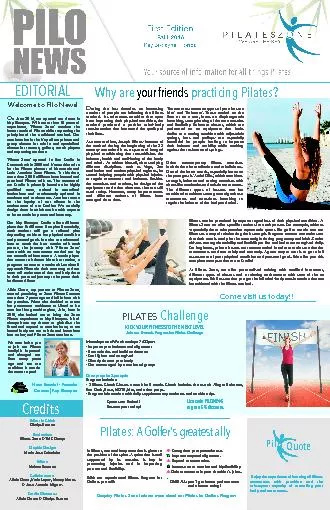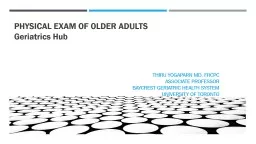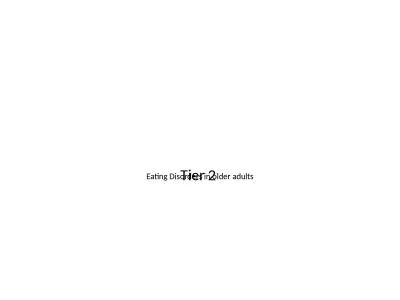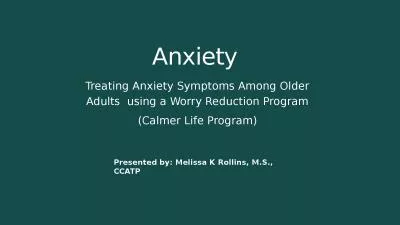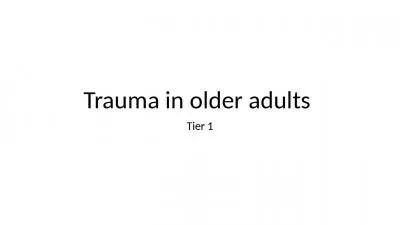PDF-For older adults those with physical limitations and others who struggle with mat routines
Author : ellena-manuel | Published Date : 2015-02-19
Armchair pilates Pilates is a mindbody system that emphasizes controlled movements and conscious breathing patterns This gentle activity provides many benefits that
Presentation Embed Code
Download Presentation
Download Presentation The PPT/PDF document "For older adults those with physical lim..." is the property of its rightful owner. Permission is granted to download and print the materials on this website for personal, non-commercial use only, and to display it on your personal computer provided you do not modify the materials and that you retain all copyright notices contained in the materials. By downloading content from our website, you accept the terms of this agreement.
For older adults those with physical limitations and others who struggle with mat routines: Transcript
Download Rules Of Document
"For older adults those with physical limitations and others who struggle with mat routines"The content belongs to its owner. You may download and print it for personal use, without modification, and keep all copyright notices. By downloading, you agree to these terms.
Related Documents

